Pressure Reducing Valve for Steam Application
Steam boilers are usually designed to work at high pressures. Working them at lower pressures can result in carryover of water. To reduce Downstream Pressure Reducing valves are Used. These PRV’s are capable to Reduce Pressure & give Upstream Pressure for Steam Delivery.
Reducing Steam Pressure
To avoid common way of lowering pressure is by throttling down the size of the steam passageway. For the most basic pressure reduction, it is possible to simply use a conventional globe valve in a fixed partly-open position, or by inserting an orifice plate into the flow of steam. However, any fluctuation in flow rate would be accompanied by a corresponding fluctuation in pressure. Since the temperature of saturated steam is closely related to its pressure, control of pressure can be a simple but effective method of providing accurate temperature control. This fact is used to good effect on applications such as sterilisers and contact dryers where the control of surface temperature is difficult to achieve using temperature sensors.
UNI KLINGER compact design Pressure reducing valve is direct acting regulator which regulate the downstream pressure to the adjusted point and the valve closes when the downstream pressure rises. Suitable for Water, steam and gas up to temperature 350°c with condensate pot.
Types of Pressure Reducing Valve for Steam application
Regulators, both pressure and temperature can be classified as either “direct” or “pilot” operated depending on their design characteristics. The purpose of this primer is simply to explain the differences between these two types and highlight the benefits of each for proper selection per application.
Direct Acting Valve:
Direct-Operated Regulators respond directly to variations in downstream pressure (P2) to provide the necessary flow and pressure to satisfy the system set point. P2 opposes the balance force provided by the spring to determine the plug position. Therefore, for direct-operated regulators, P2 is also considered the loading force.
Pilot-Operated
Pilot requires PRV’s requires an external sense line connected to the downstream piping. Measuring pressure farther downstream of the valves allows for more accurate sensing of the true outlet pressure conditions as it moves the sense point away from the flow turbulence generated by the plug and seat. For all intent and purpose, the pilot can simply and effectively be considered a second regulator, providing additional control to the main regulator, improving overall sensitivity and, ultimately, accuracy.

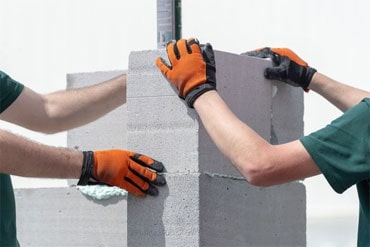 Aerated Concrete Block Industry
Aerated Concrete Block Industry  Brewery Industry
Brewery Industry  Captive Cogen Industry
Captive Cogen Industry 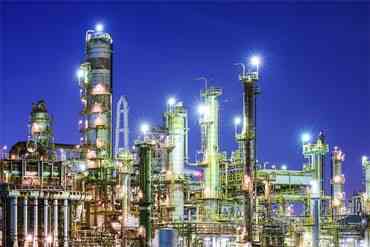 Chemical Industry
Chemical Industry  Dairy Industry
Dairy Industry 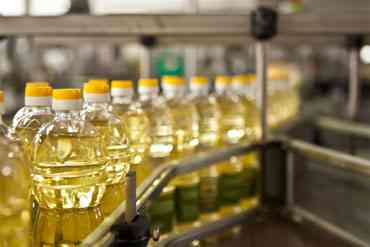 Edible Oil Industry
Edible Oil Industry 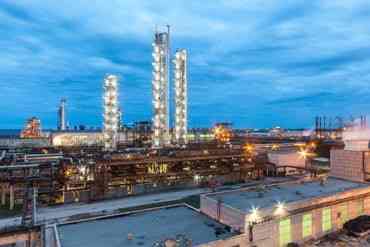 Fertilizer Industry
Fertilizer Industry  Hotel Industry
Hotel Industry 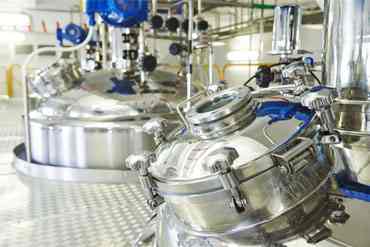 Pharma Industry
Pharma Industry 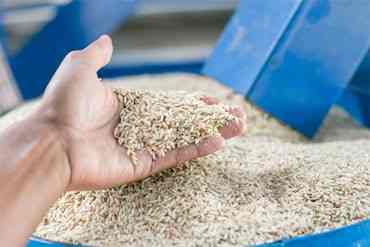 Rice Industry
Rice Industry 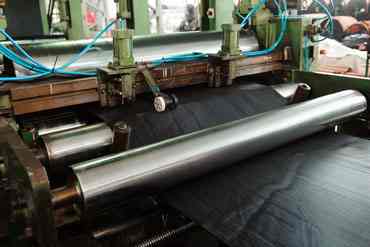 Rubber Industry
Rubber Industry  Soap Industry
Soap Industry 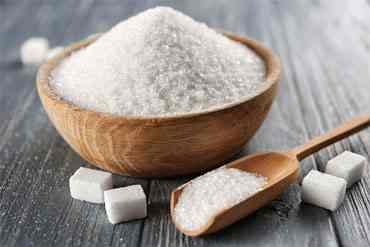 Sugar Industry
Sugar Industry  Textile Industry
Textile Industry 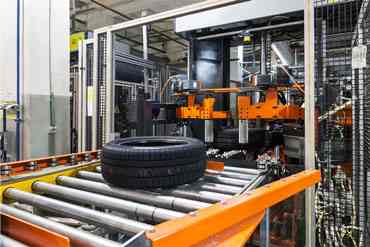 Tyre Industry
Tyre Industry